$99.97 Original price was: $99.97.$69.98Current price is: $69.98.
SKU: D2LSC 4517115591 Category: FRAGRANT PLANTS
- Secure Shopping Starts with Safe Payments
- Effortless solutions, excellent customer care.
- Multiple payment methods, safe and reliable
- 7 days free returns

Southern Catalpa Tree
Catalpa bignonioides
Other Names: Catawba Tree, Cigar Tree
Plant Details
USDA Plant Hardiness Zones: 5a-9b Find Your Zone
Shrub Type: Deciduous Tree
Height at Maturity: 30-40′, less frequently to 60′
Width at Maturity: 20-30′, less frequently to 40′
Spacing: 40’+ feet for space between trees
Growth Habit / Form: Upright Rounded
Growth Rate: Very Fast!
Flower Color: White with Purple and Yellow-Gold markings
Flower Size: 1.5″ in upright panicles/clusters
Flowering Period: Late Spring to Early Summer
Flower Type: Single, bell-shaped, in upright panicles/clusters
Fragrant Flowers: Yes!
Foliage Color: Bright Green on top and pubescent below
Fragrant Foliage: No
Fruit:
Sun Needs: Full Sun to Part Shade; 5 hours of sun per day suggested
Water Needs: Average to Low when established
Soil Type: Clay, Loam, Sandy, Silty
Soil Moisture / Drainage: Moist But Well-Drained to Wet
Soil pH: 5.5 – 7.0 (Acid to Neutral)
Maintenance / Care: Low
Attracts: Mammals, Birds, Wildlife
Resistances: Cold, Deer, Disease, Heat, Insect, Wet Soil
Description
A North American native tree of great beauty, the Southern Catalpa, sometimes called “catawba tree,” is adored by gardeners for both its foliage and showy flowers, and by fishermen for the caterpillars of the catalpa sphinx moth that visit the tree and are collected for use as great fishing bait. Fresh or frozen, due to their tough skin, one “catawba worm” can catch several fish. Birds, including turkeys, will feast on the worms. In late spring to early summer, abundant clusters of exotic-looking, fragrant, bell-shaped white flowers with purple and yellow markings in their throats adorn the tree. Very broad, heart-shaped bright green leaves up to 10 inches long and 6 to 8 inches wide provide a lush, tropical look and feel in the landscape. An exceptionally adaptable tree anyone can grow, the Catalpa thrives in acid or alkaline soil that is moist or dry, takes the cold down to -20F and the heat down to Zone 9b in central Florida, and has no serious pest or disease problems.
Wildlife Benefits
The flowers of Catalpa are attractive to bees, butterflies, and hummingbirds for pollination, and this tree is the sole host for the catalpa sphinx moth. With dense foliage and large leaves, the catalpa provides excellent cover and shelter for a wide variety of song birds and wildlife.
Landscape & Garden Uses
Growing 30 to 40 feet tall and 20 to 30 feet wide, the Southern Catalpa is ideal for use as a specimen or in groupings in dry or wet sites. It grows large enough to serve as a nice shade tree. A fine addition to wildlife habitats, fragrance gardens, cottage gardens, rain gardens, wetland gardens and white theme gardens.
Suggested Spacing: 50 feet for space between trees
Growing Preferences
The Southern Catalpa Tree is very easy to grow in most any moist but well-drained soil of average fertility and full sun to part shade. A minimum of 5 hours direct sunlight is suggested. It is very drought tolerant once established and will also tolerate periodically wet soil, though standing water is not advised. No pruning is required though can be pruned to control size and for shaping purposes.
Plant Long & Prosper!
Meet The Wilson Brothers & Staff
Questions? Contact Us
Be the first to review “Southern Catalpa Tree – 3 Gallon Pot” Cancel reply
Related products
Sale!
FRAGRANT PLANTS
Sale!
Sale!
FRAGRANT PLANTS
Sale!
FRAGRANT PLANTS
Sale!
Sale!
FRAGRANT PLANTS
Sale!
FRAGRANT PLANTS
Queen Of The Prairie Hollow Stem Joe Pye Weed – 1 Gallon Pot
Sale!
FRAGRANT PLANTS

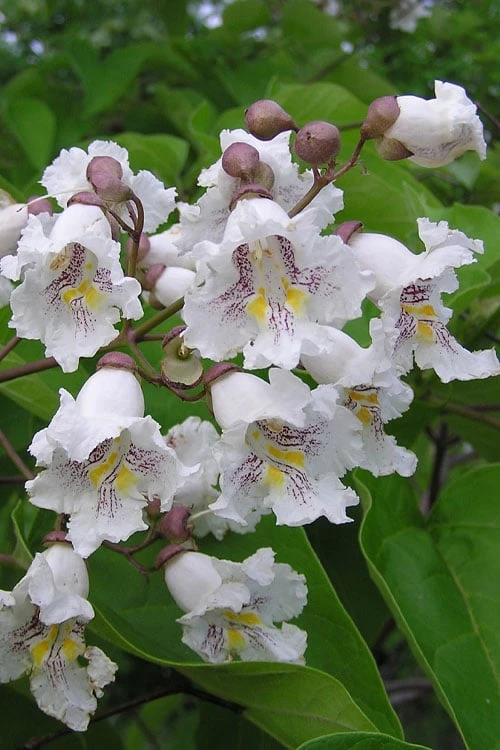


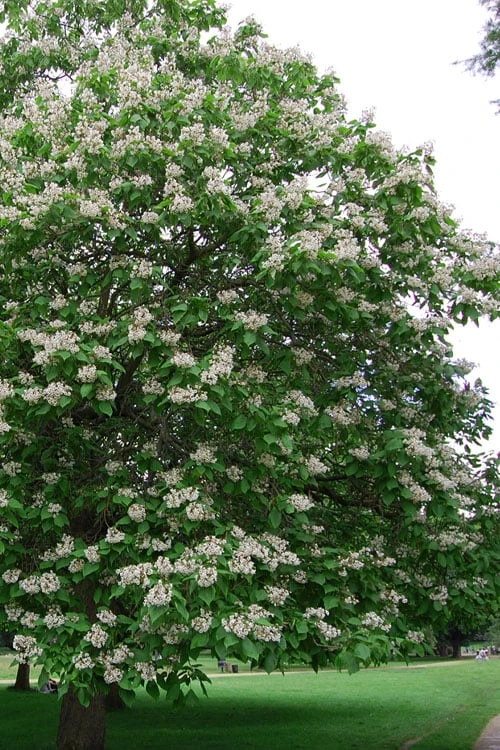


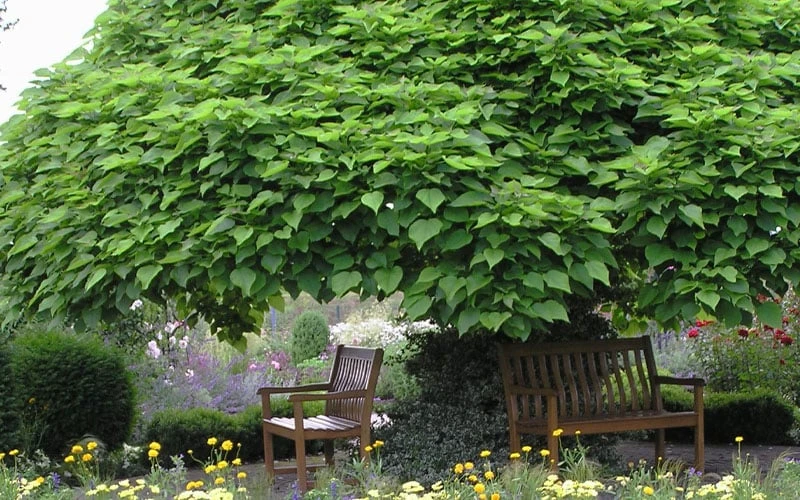

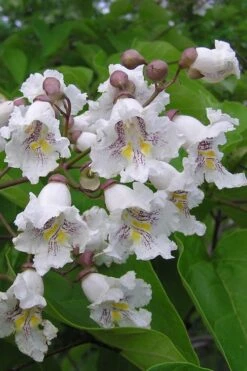


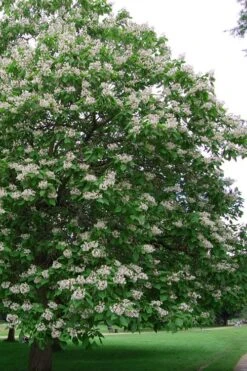




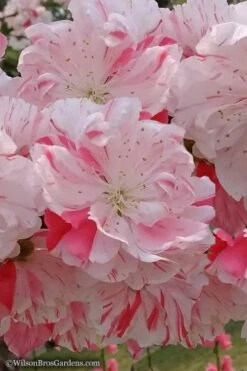

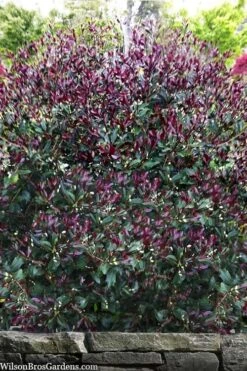

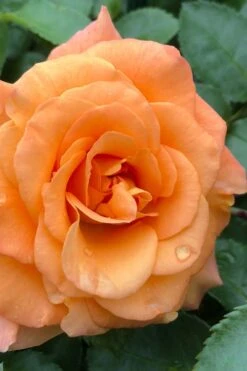



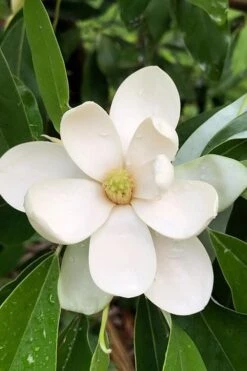



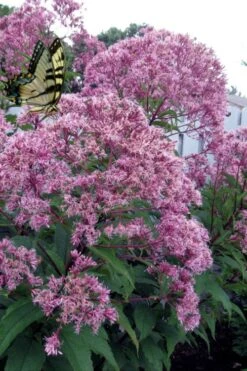

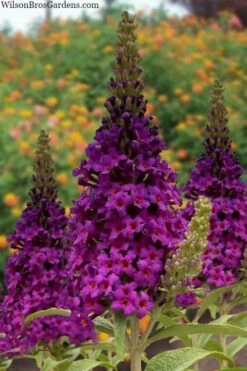

Reviews
There are no reviews yet.